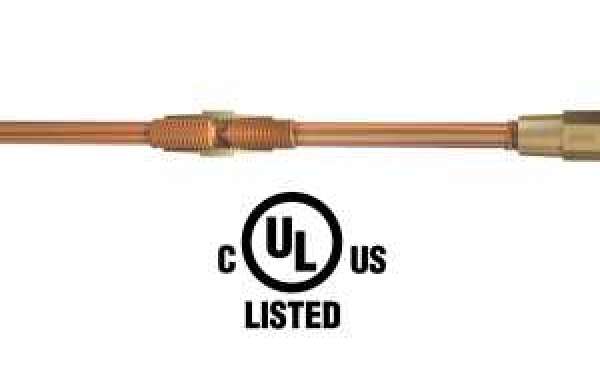As we advance to a higher level of development, our high-rise buildings get bigger and bigger. Residential and commercial buildings are better in terms of technology, strength and infrastructure. We use more appliances and instruments driven by electrical energy. A proficient grounding system is installed and attached to the electrical system to protect them from electrical surges and lightning strikes.
A copper-clad ground rod is installed is installed as the conducting element in the ground at a safe distance from the building premise. It is then connected to the electrical system following the latest industry standards. One of the prime elements that ensure the proper conduction of excess flow of electrical energy due to manufactured or natural reasons is the ground electrode or ground rod. The installation process requires copper cables, clamps, and lugs as essential components to connect with the electrical system of a premise.
How copper clad ground rods and cable lugs work?
Copper-clad ground or copper-bonded rods are chosen as a cost-effective option for residential buildings and commercial premises. They have a steel core and can resist corrosion perfectly. Moreover, the conduction is not compromised due to the copper cladding on the ground rods.
This type of ground rod is used in places where corrosion is less. Following the standard protocols, the installation is done closer to the premises in different locations to protect the buildings from lightning and voltage surge. In this process, rod clamps and cable lugs get used.
The ground rods need to be connected to the primary electrical system. Hence, copper cables are used for the lowest resistance to connect a ground rod with the main electrical panel. In this aspect, high-quality cable lugs are used to connect the cables with the electrical panel and the ground rod.
Generally, copper lugs are used as they offer high strength and more specific installation features. The lumen of these lugs can hold the copper cable terminal exceptionally. The lumen of the barrel portion is then crimped or fused with the cable terminal to avoid loose fitting. The palm portion is then connected to the electrical panel in specified places with nuts. The strength of this junction determines the functionality of the ground system.
The other end of the terminal is then connected to the copper clad ground rod or the electrode installed under the ground. Clamps are used to ensure that the cable and rod remain in their respective places. Copper cables, copper lugs and a copper-clad ground electrode get assembled and installed to form an efficient grounding system for a premise.
Importance of copper lugs, clamps and grounding rods
Almost all the elements installed to form a formidable grounding system are either made of copper or clad with the same feature. This element not only resists corrosion but also enhances the conductivity of the grounding system..










